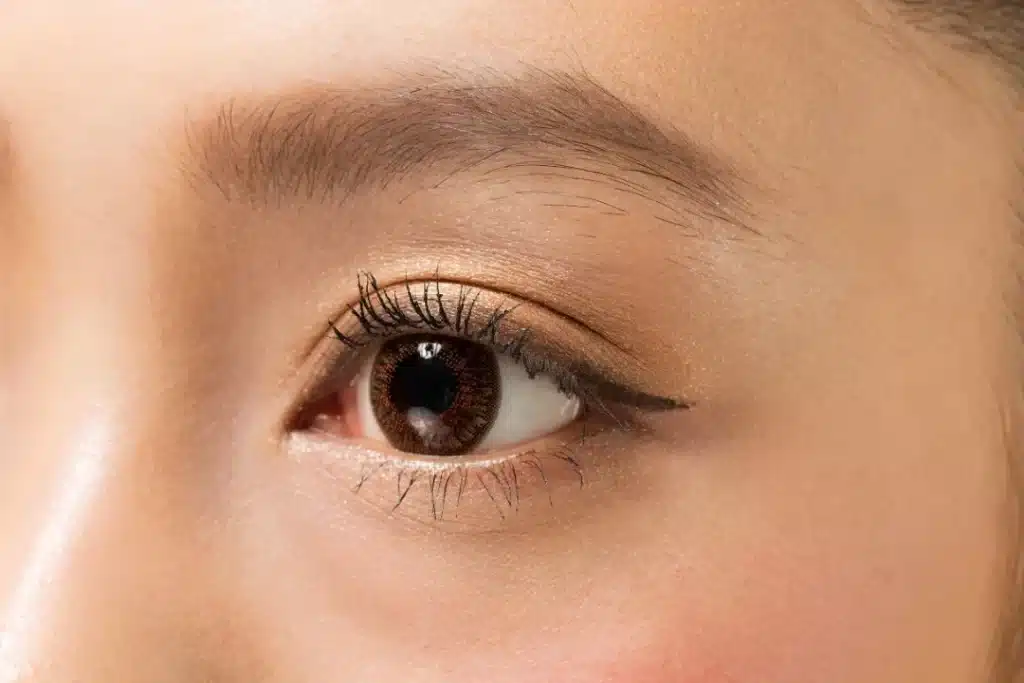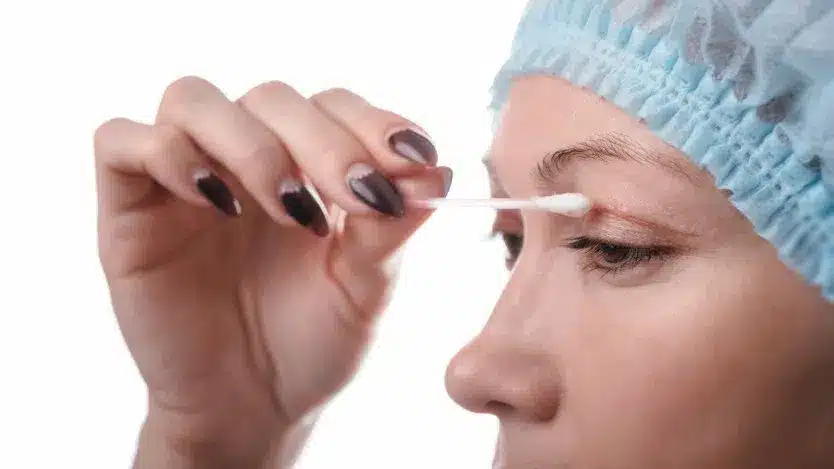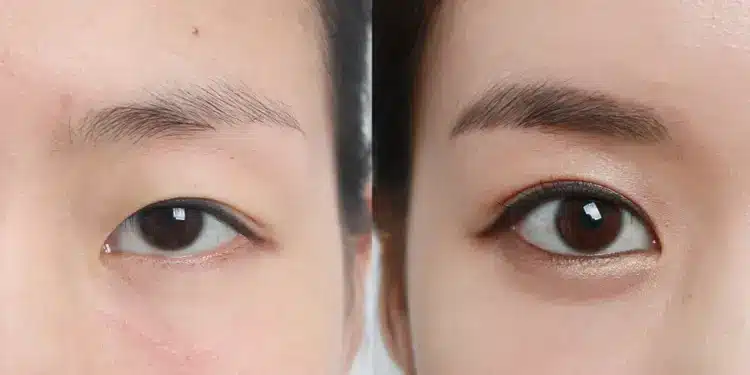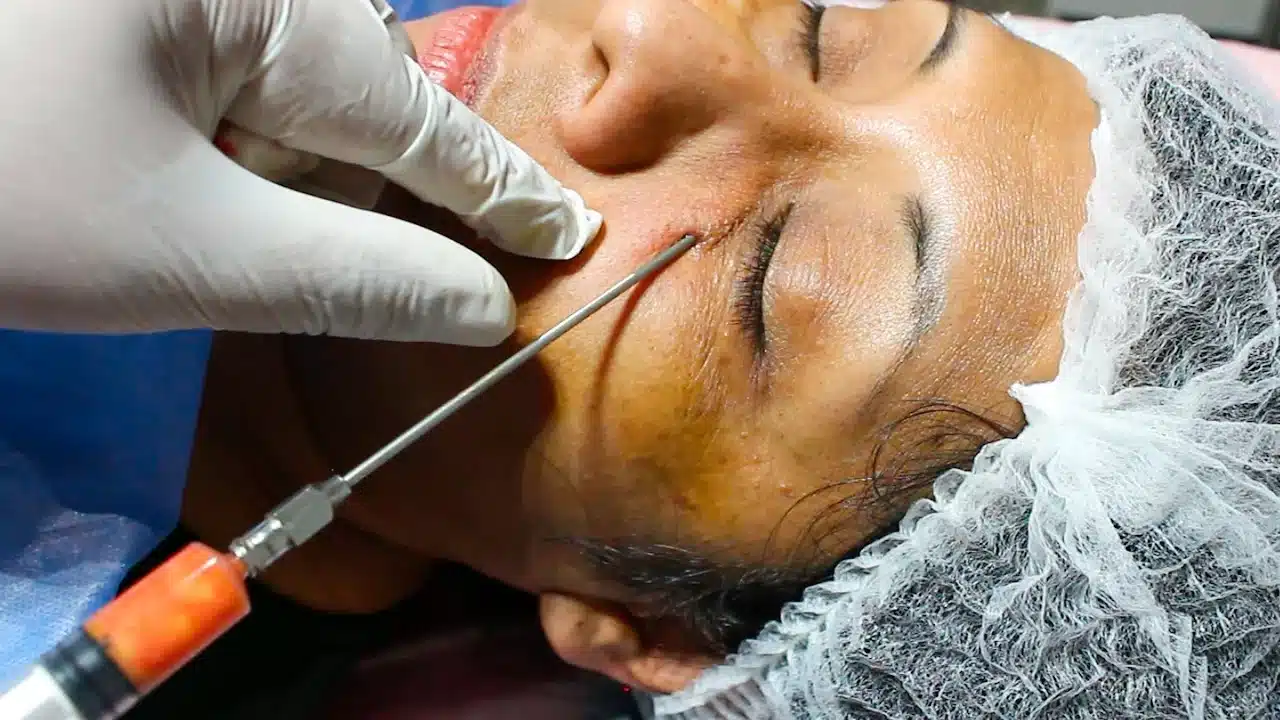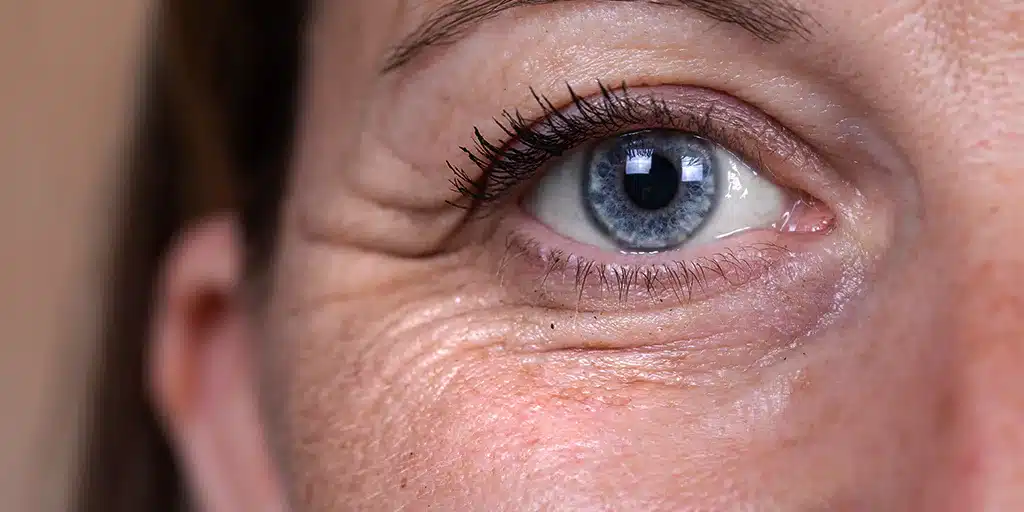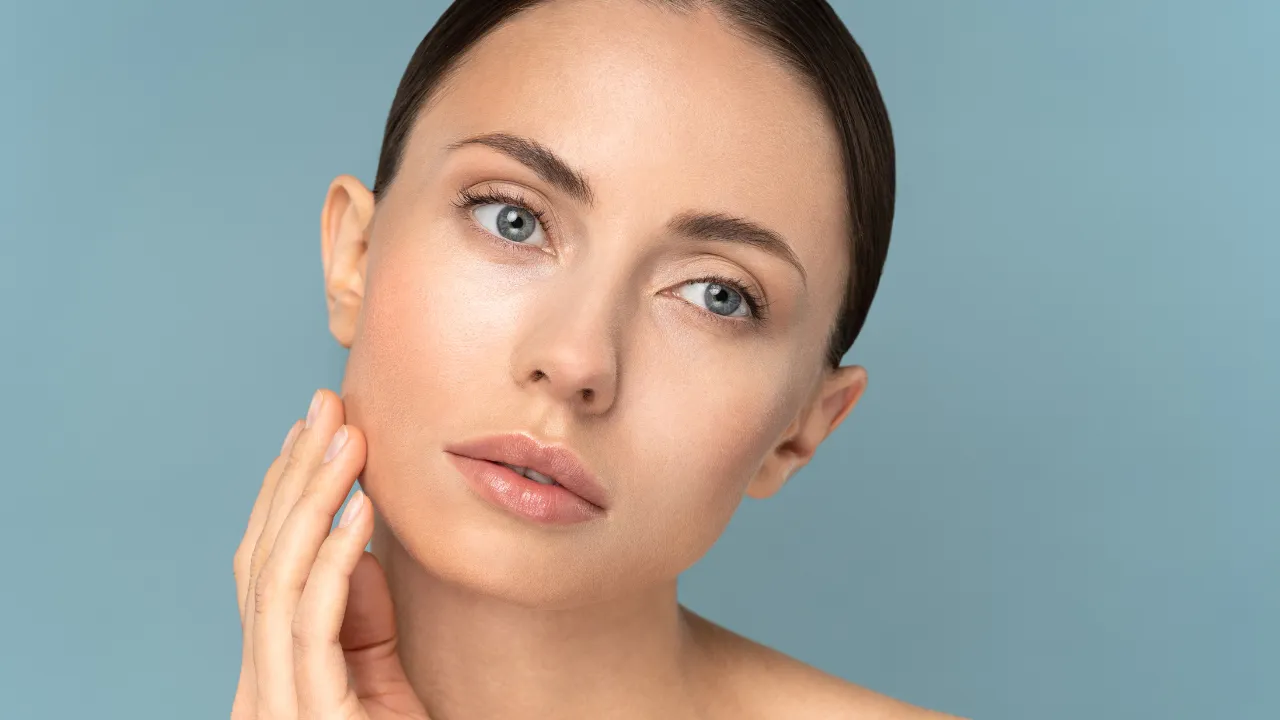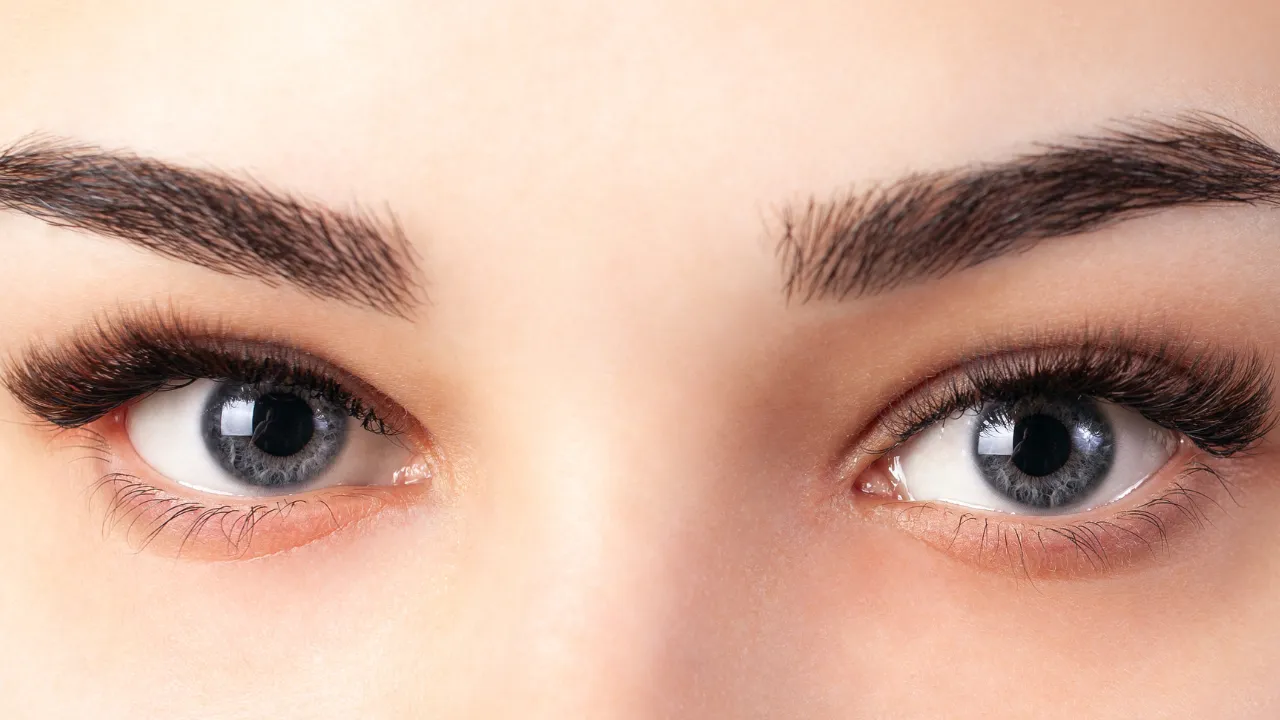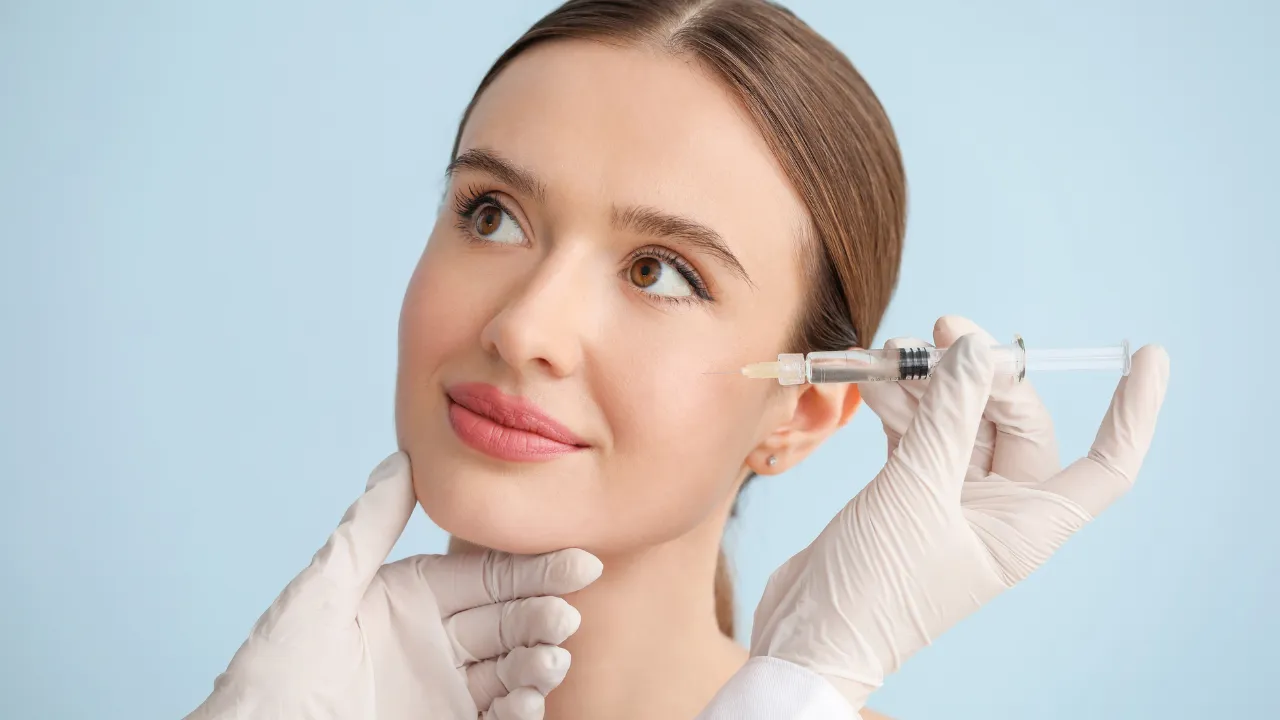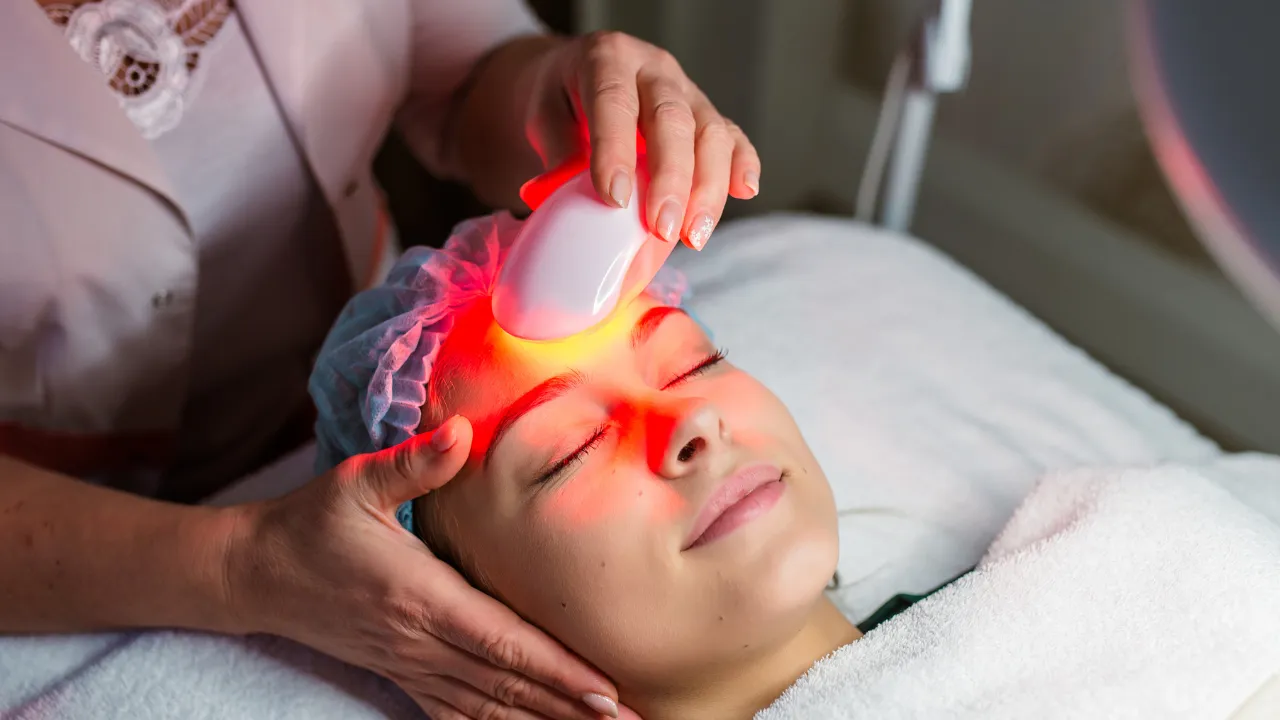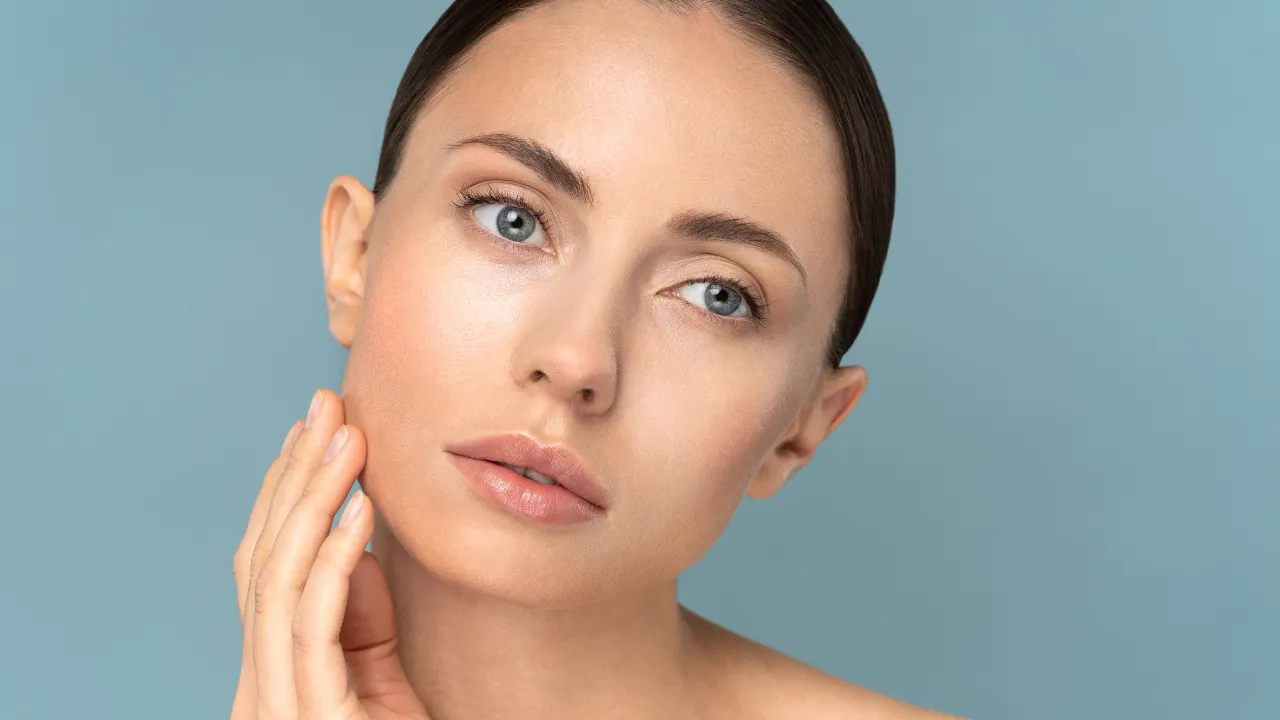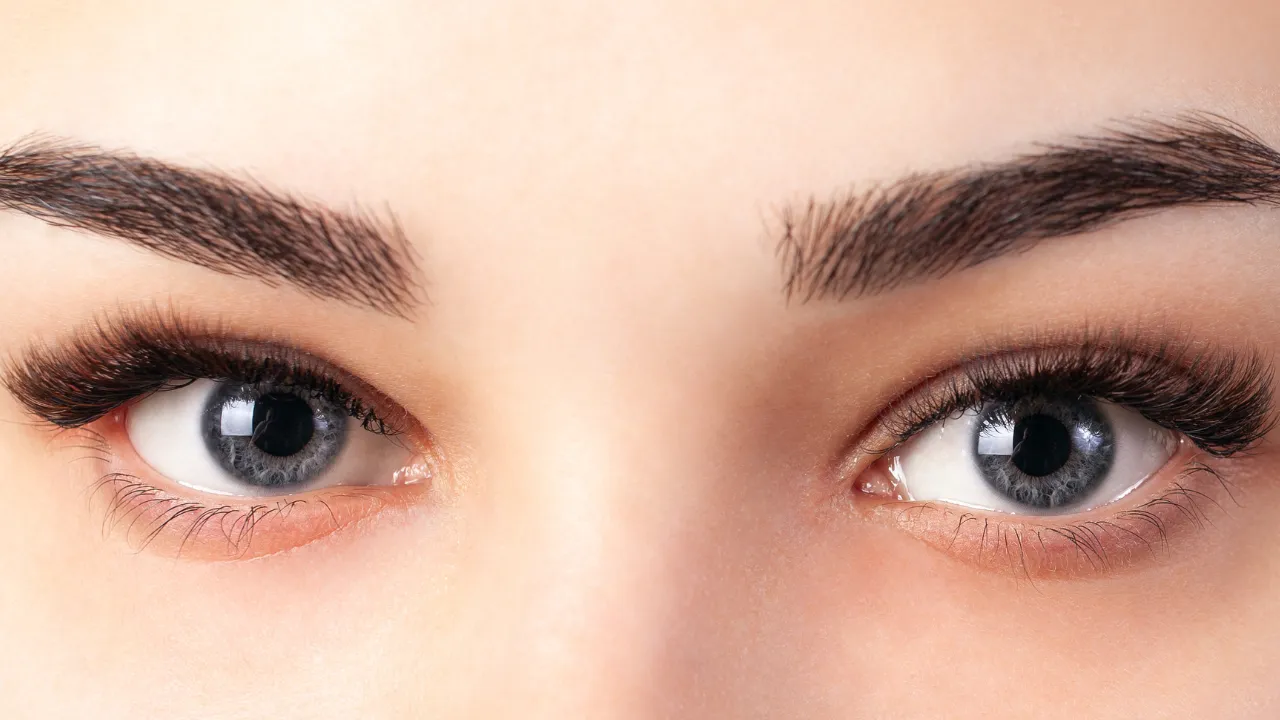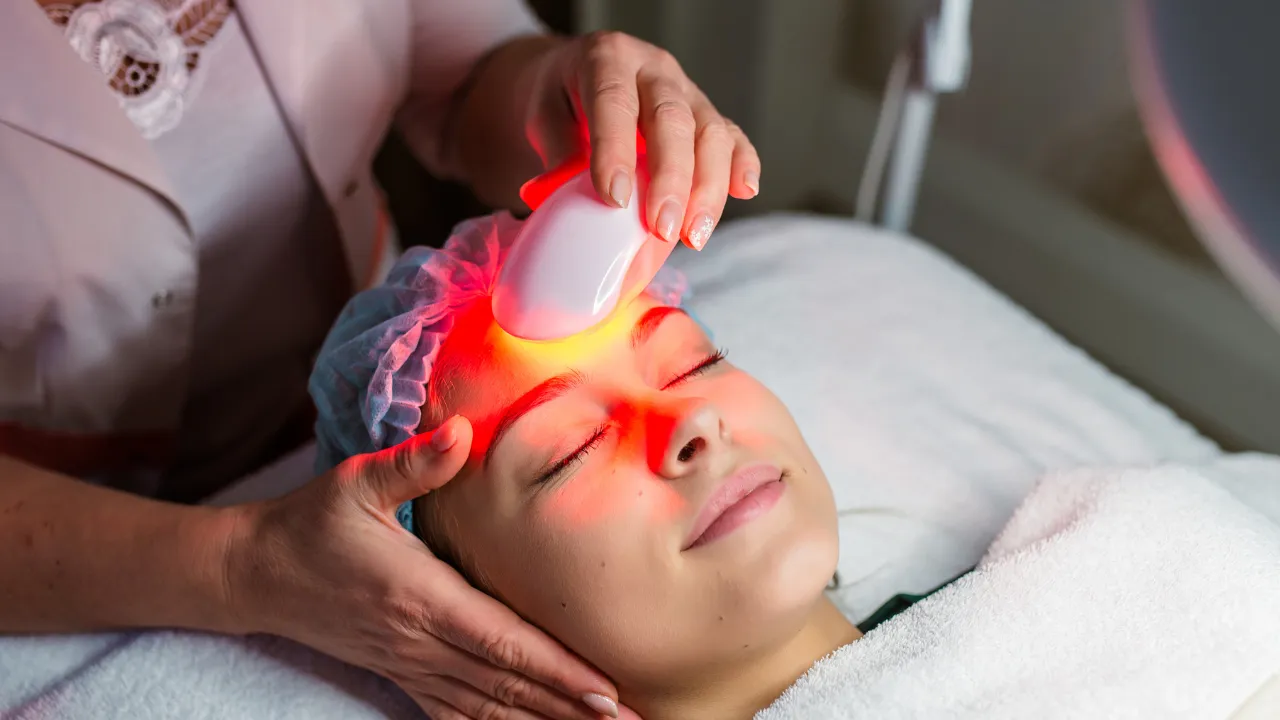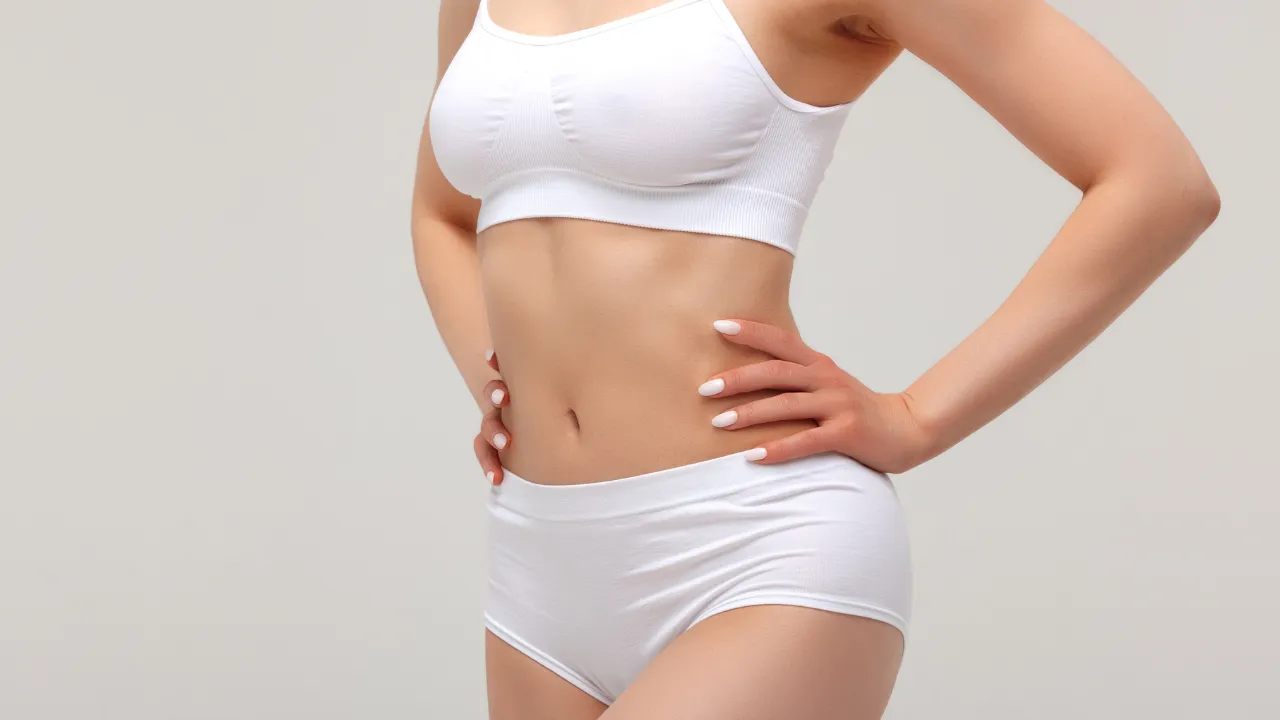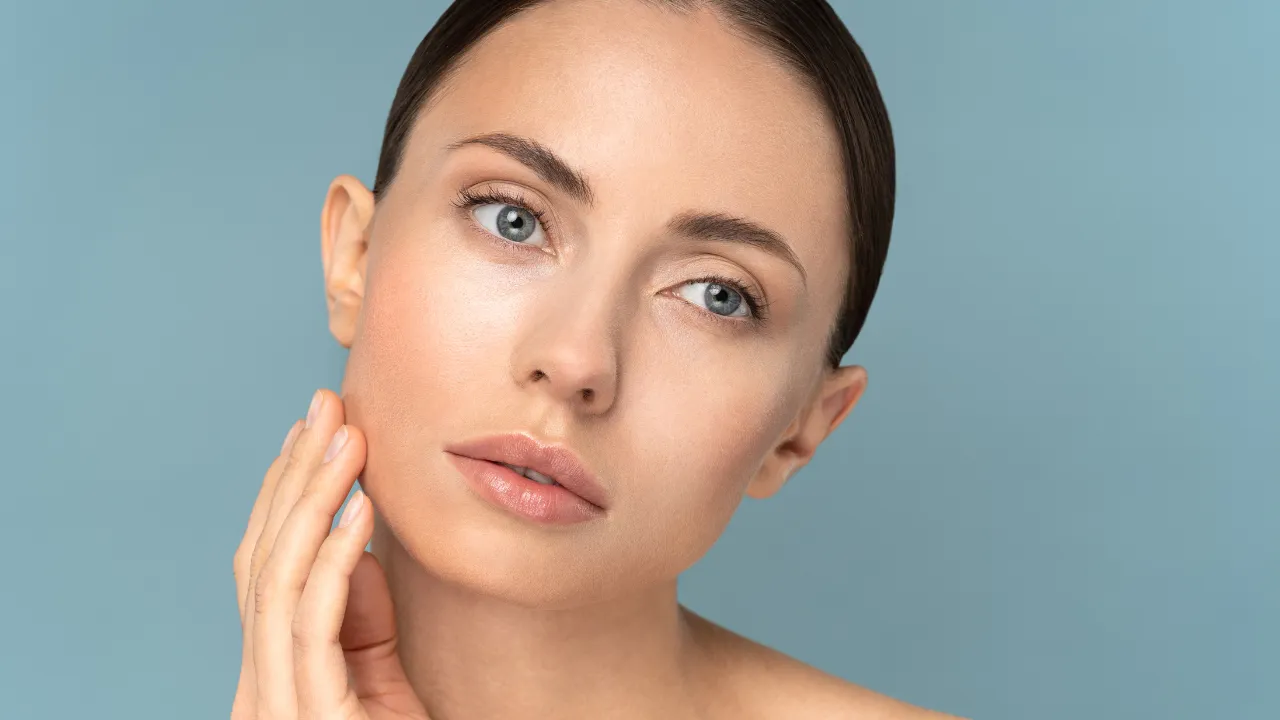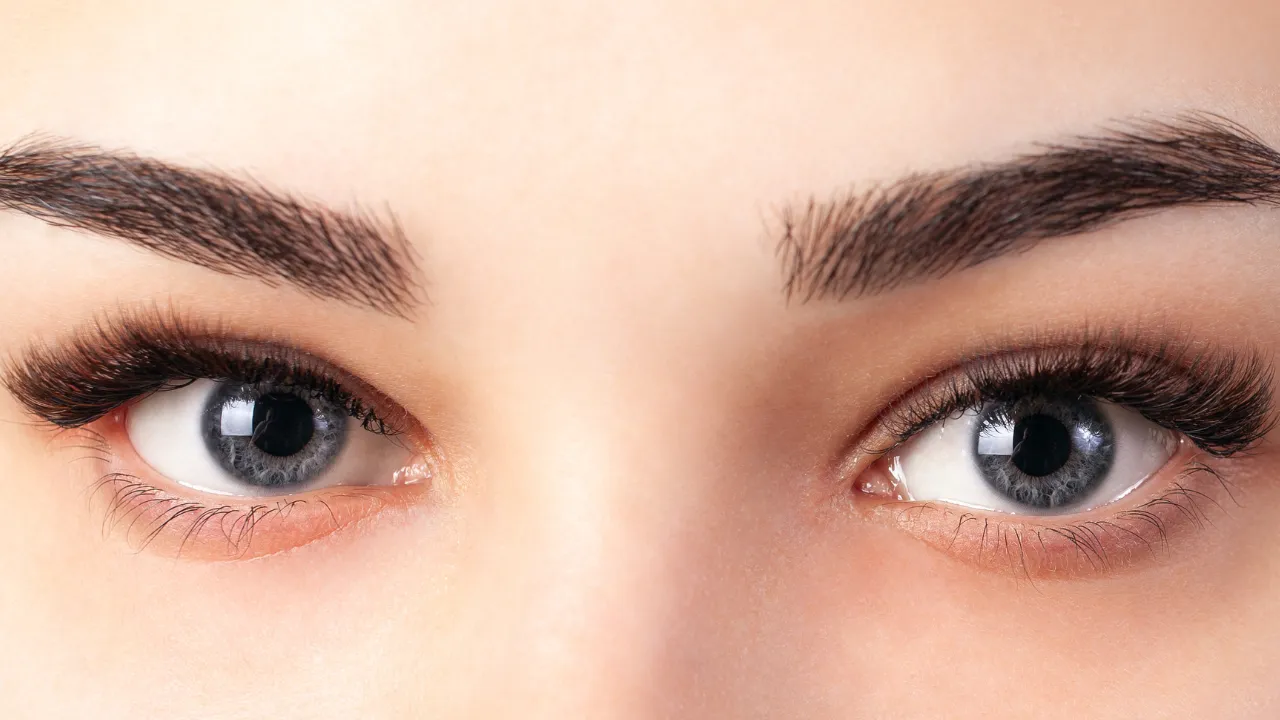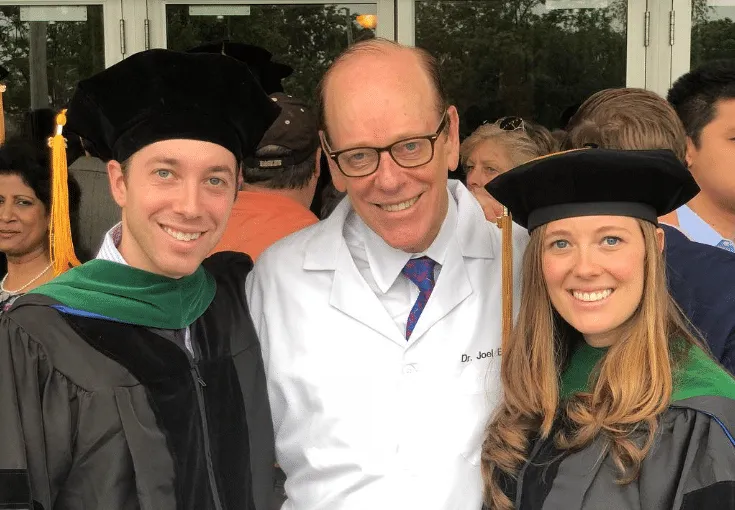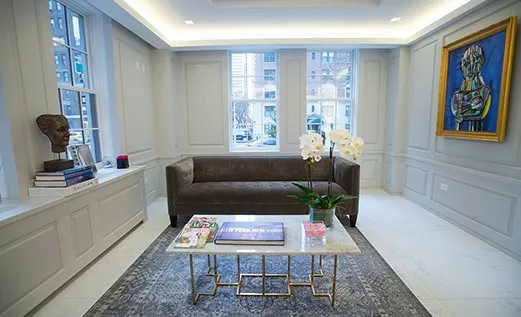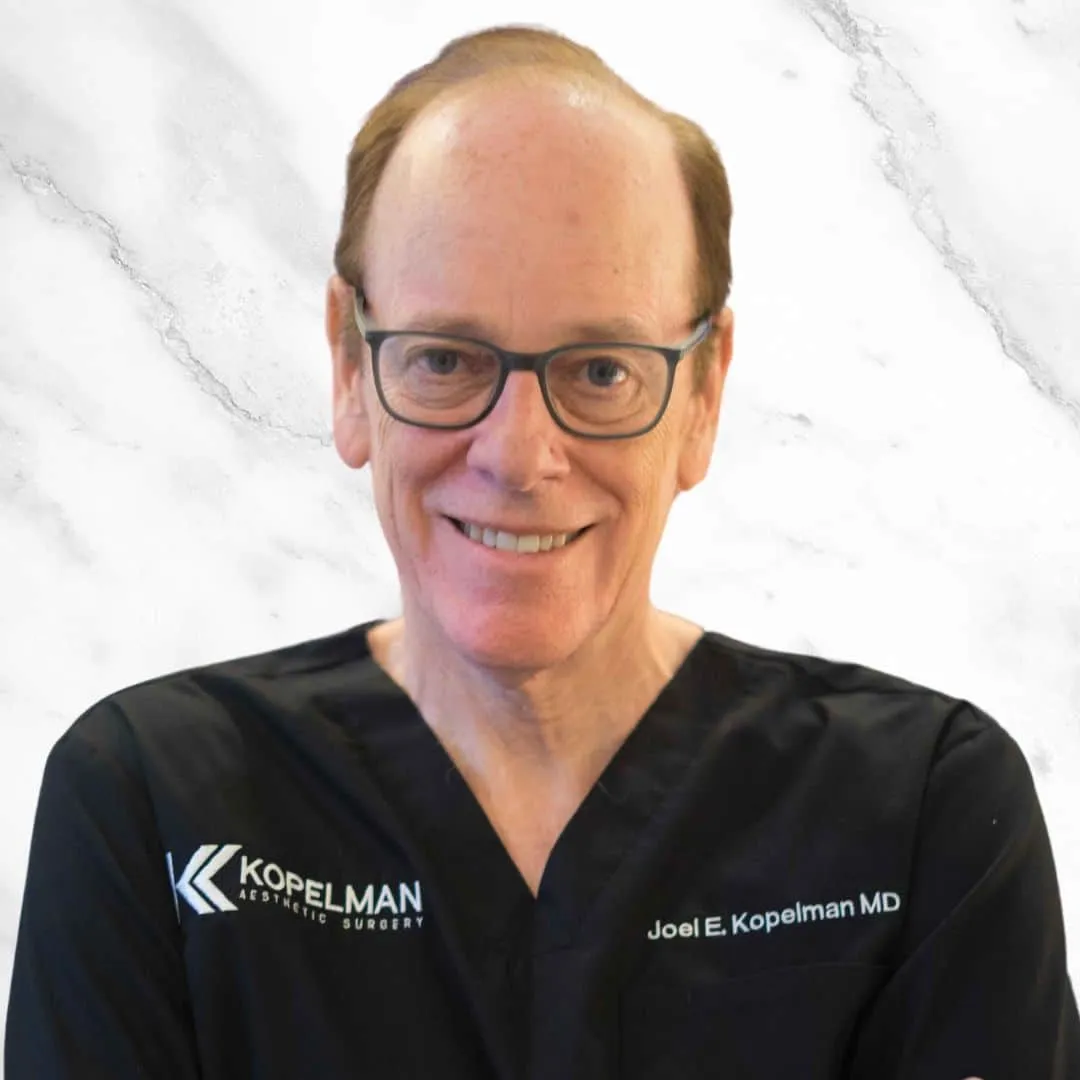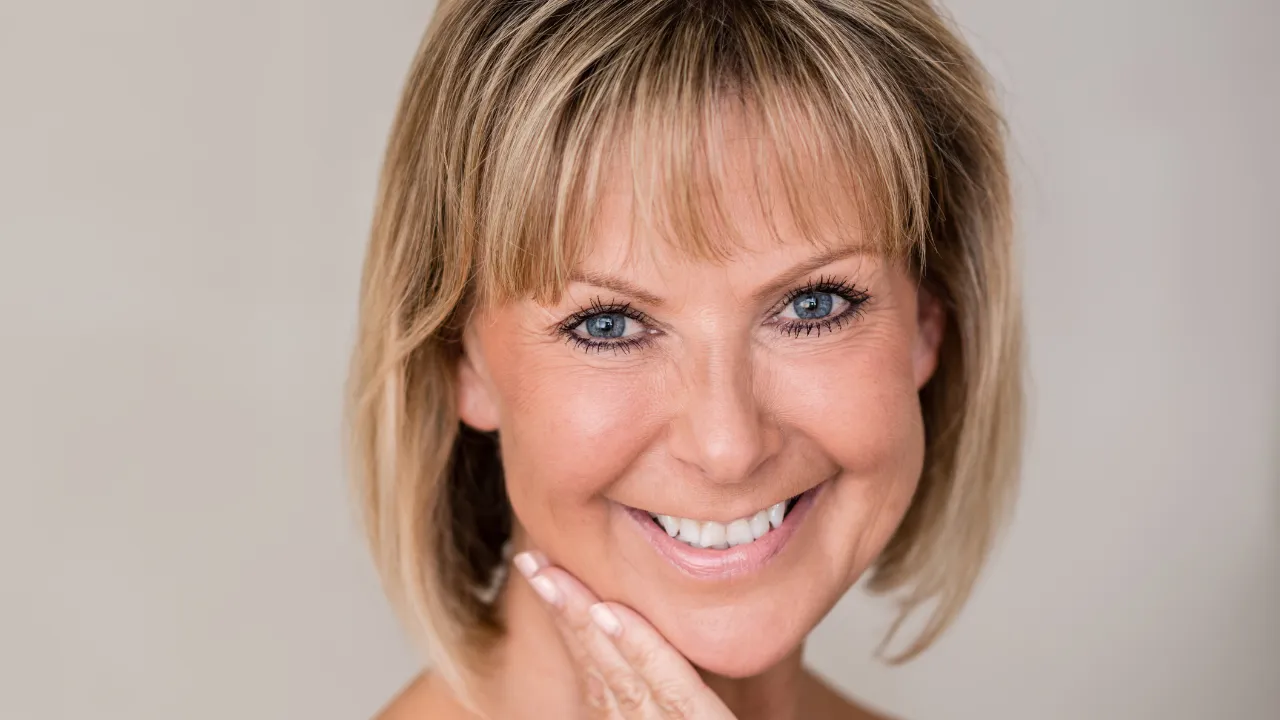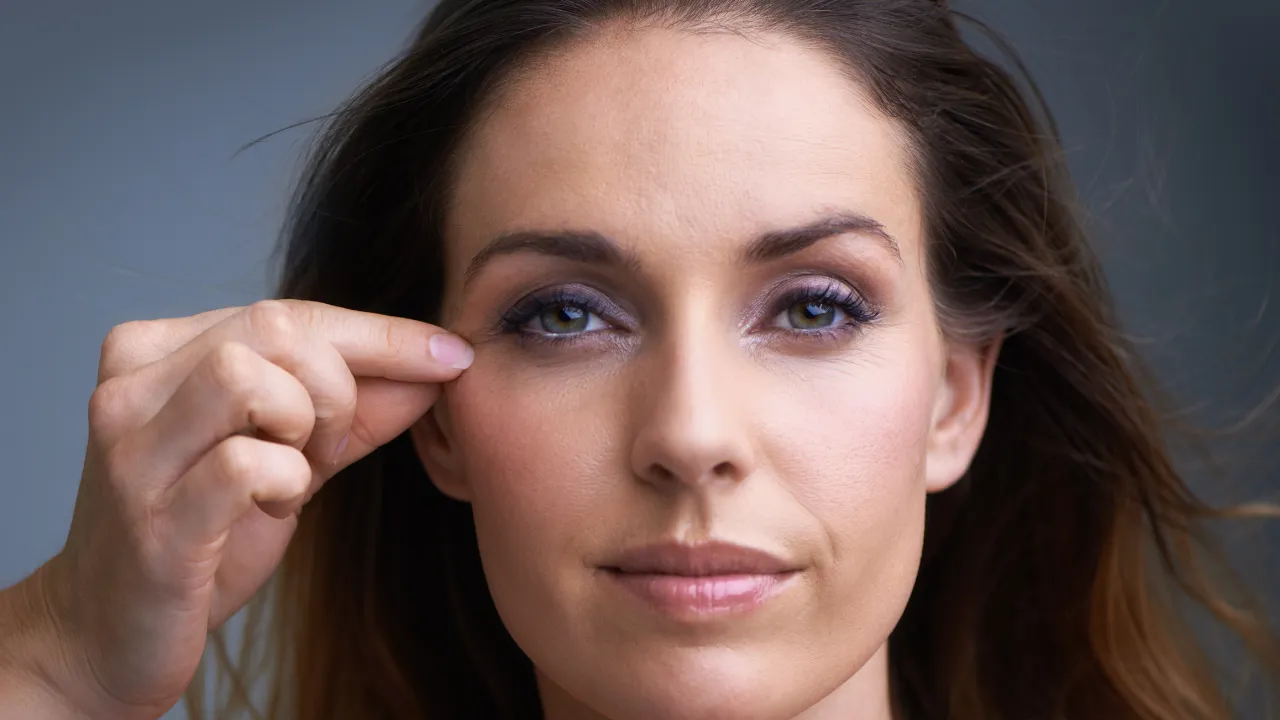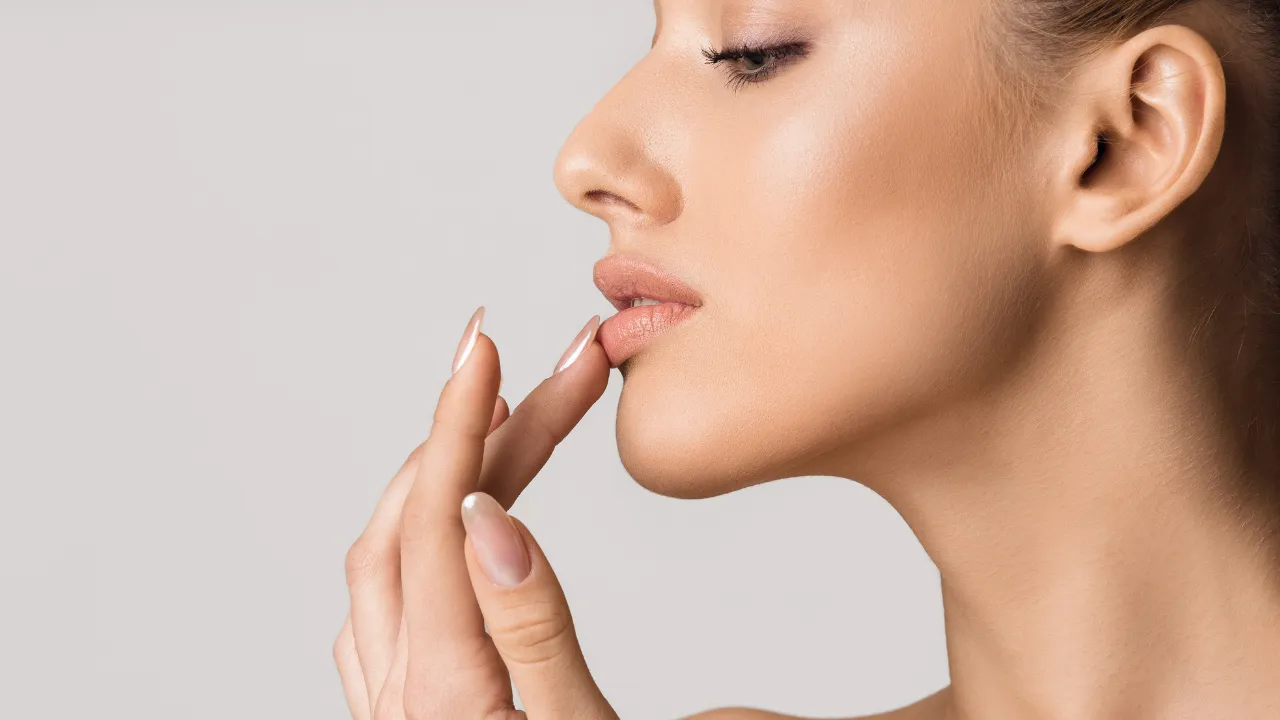Monolid surgery is a cosmetic procedure that adds a natural fold to the eyelid while keeping the patient’s unique facial features. It helps make the eyes look brighter and more defined without changing their original eye shape.
Many people of Asian descent choose this surgery to enhance their appearance while staying true to their ethnic identity. It can also correct droopy eyelids or remove extra skin and fat that affects vision or balance.
At Kopelman Aesthetic Surgery in New York City, Dr. Joel Kopelman specializes in blepharoplasty for Asian eyes. With over 35 years of experience in oculoplastic and facial plastic surgery, he focuses on natural-looking results that respect cultural and anatomical differences.
Each surgeon will create a personalized plan that fits the patient’s eyelid structure, crease height, and desired outcome.
Key Takeaways
- Monolid double eyelid surgery creates a fold in the eyelid while maintaining your natural eye shape and ethnic appearance.
- It can be done with or without an incision, depending on the thickness of the eyelid and your cosmetic goals.
- The surgeon will create a subtle, natural-looking crease that complements the patient’s existing facial features.
- Recovery usually takes 1 to 2 weeks, and final results appear after 2 to 3 months, once the swelling has fully subsided.
- Choosing an expert oculoplastic surgeon like Dr. Joel Kopelman ensures safe, balanced, and lasting results.
Table of Contents
ToggleMonolid vs Double Eyelid Differences
A monolid is an eyelid without a visible crease, while a double eyelid has one or more creases in the upper eyelids that define the fold. This difference is common among people of Asian descent and affects how the eyelid moves and reflects light.
Many patients choose monolid surgery to enhance definition and balance in their facial features. It can also correct droopy eyelids or remove excess skin and fat that interfere with natural movement or vision.
You can learn more about how a double fold eyelid is formed and how it compares to a monolid by exploring treatment options and photos from Kopelman Aesthetic Surgery.
Monolid surgery – also known as Asian eyelid surgery or Asian blepharoplasty – is safe and effective when performed by a qualified surgeon. The surgeon will create an eyelid crease that fits the person’s eye shape while preserving ethnic identity.
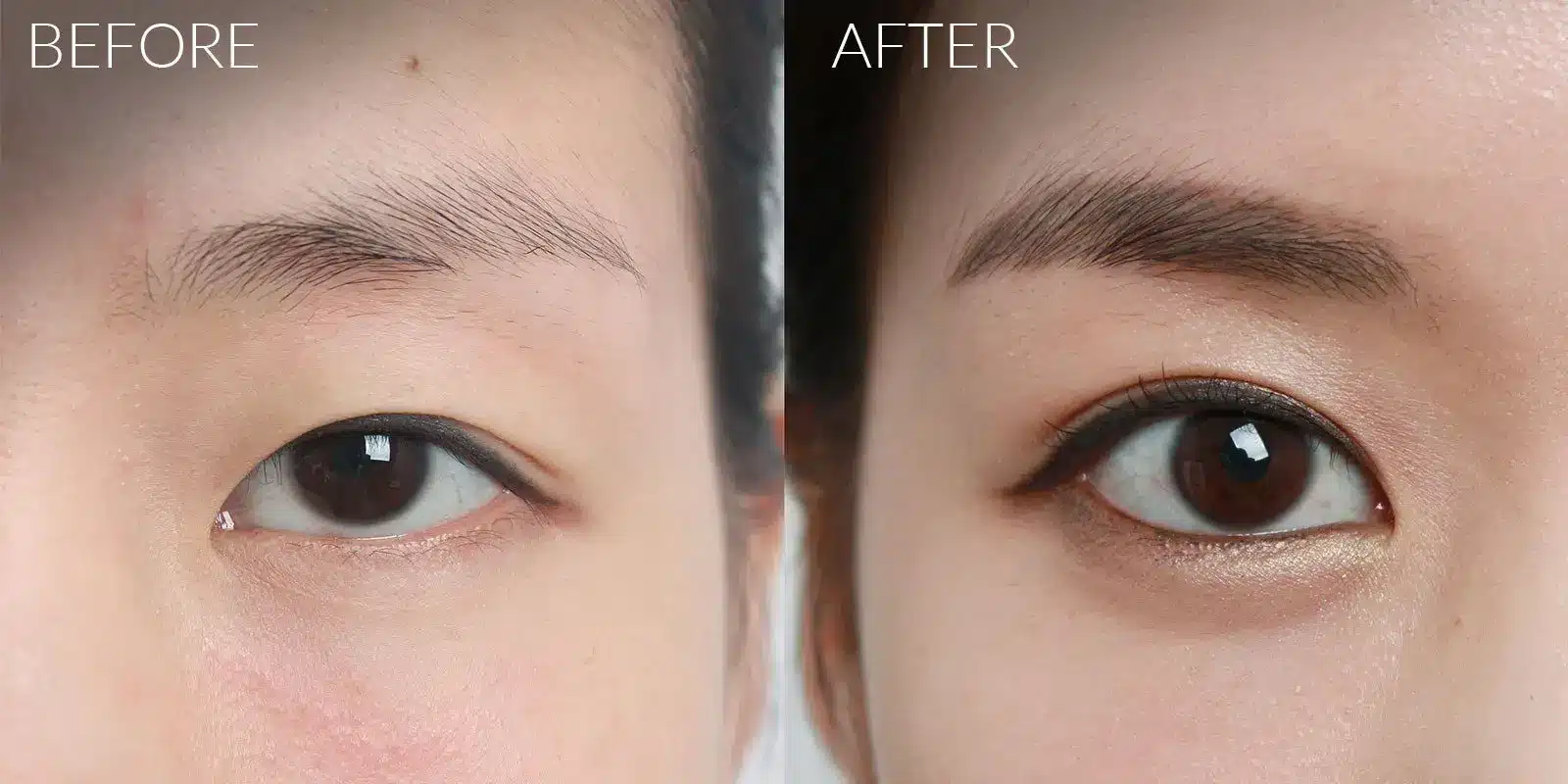
How Double Eyelid Surgery Works
Asian eye plastic surgery focuses on creating an eyelid crease that blends naturally with the patient’s features. The surgeon uses either an incision or fine sutures, depending on eyelid thickness and desired fold height. Both techniques may adjust or remove small amounts of excess skin and fat to define the crease.
What Happens During Monolid Surgery
During the procedure, local anesthesia is applied for comfort. The eyelid is marked to determine where the new crease will form. The surgeon will create the fold by reshaping the eyelid skin through either the incisional or non-incisional method.
This approach enhances the eyes while keeping their natural eye shape. Most patients notice a smoother, defined appearance after swelling decreases.
Incisional vs Non-Incisional Methods
- Incisional: A fine incision removes small amounts of tissue, forming a lasting crease.
- Non-incisional: Small sutures create the fold without cutting the skin, ideal for thinner eyelids.
Ideal Candidates and Preparation
Good candidates are healthy individuals with realistic goals who want to enhance definition or correct droopy eyelids. Before surgery, patients should stop smoking and avoid medications that increase bleeding risk. Dr. Kopelman tailors each plan to match the individual’s anatomy and goals.
Is Double Eyelid Surgery Safe or Painful
This procedure is safe when performed by a qualified plastic surgeon. It’s done under local anesthesia, and discomfort is mild. Swelling and bruising last only a few days, and proper care ensures a smooth recovery.
Results, Cost, and Recovery
After surgery, the eyelids appear more defined, and the new crease enhances the eyes’ natural beauty. The cost of double eyelid surgery typically ranges from $8,500 to $10,000, depending on the technique, eyelid anatomy, and the patient’s goals. In New York, pricing varies based on the complexity of the case and the surgeon’s experience.
Recovery and Healing Timeline
Recovery takes about one to two weeks. Keeping your head elevated, using cold compresses, and avoiding heavy lifting or makeup help healing.
Typical recovery stages:
- Days 1–3: Swelling and bruising peak but begin to fade.
- Days 4–7: Stitches are removed, and normal activities can resume.
- Weeks 2–3: The crease softens and looks more natural.
- After 1 Month: The Final results appear as the eyelid tissue settles.
Full results are expected within 2 to 3 months. The new crease blends naturally with your facial features, and scars fade until barely visible.
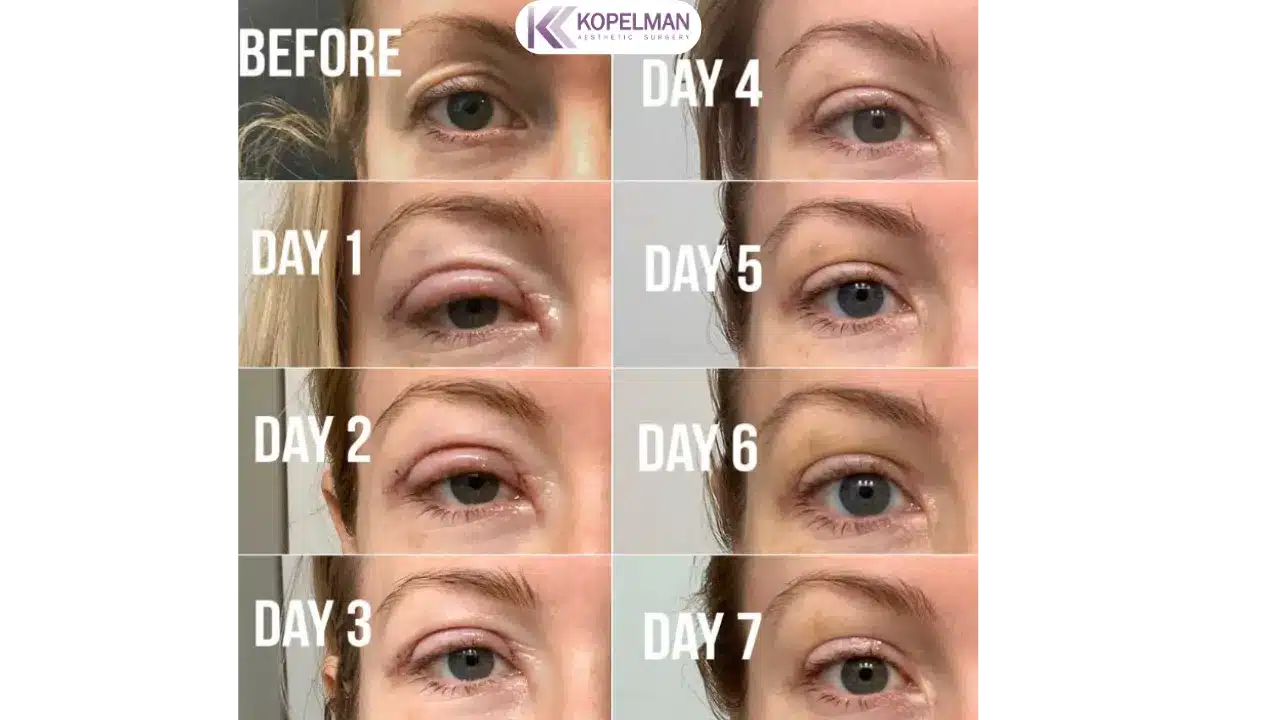
Alternatives and Reversal Options
Non-surgical options like eyelid tape or adhesives can temporarily mimic a crease but do not produce lasting results. Surgical outcomes can be adjusted if necessary, though full reversal is uncommon. If a change is desired, the surgeon will create a new plan based on the patient’s eye shape and healing history.
Risks and Complications
Minor swelling, unevenness, or mild bruising can occur but usually fade quickly. Selecting an experienced oculoplastic surgeon, such as Dr. Kopelman, helps avoid complications and ensures precise, symmetrical results.
Cultural and Aesthetic Perspectives
Many people of Asian descent choose blepharoplasty for Asian eyes to highlight – not change – their natural beauty. For some, creating an eyelid crease improves makeup application or enhances the balance between both eyes.
Beauty preferences vary. Some people prefer monolids, while others like the dimension of a defined crease. Both reflect self-expression and confidence.
Choosing the Right Surgeon
Finding a skilled specialist is key to safe, natural results.
Dr. Kopelman is board-certified by the American Board of Facial Plastic and Reconstructive Surgery and the American Board of Ophthalmology. His extensive experience ensures precision and results that harmonize with each patient’s facial features.
- Board-certified in oculoplastic or facial plastic surgery
- Experienced in Asian eyelids and epicanthal folds
- Proven record of natural results that preserve cultural identity
Consultation Questions and Preparation
During your consultation, discuss your goals, recovery expectations, and preferred crease height. Bring photos for reference and review questions to ask before a blepharoplasty.
When to Schedule a Consultation
If you’re considering Asian eyelid surgery, meet with Dr. Joel Kopelman to discuss your options. His experience in creating an eyelid crease that complements your natural eye shape ensures results that look balanced, refined, and true to you.

